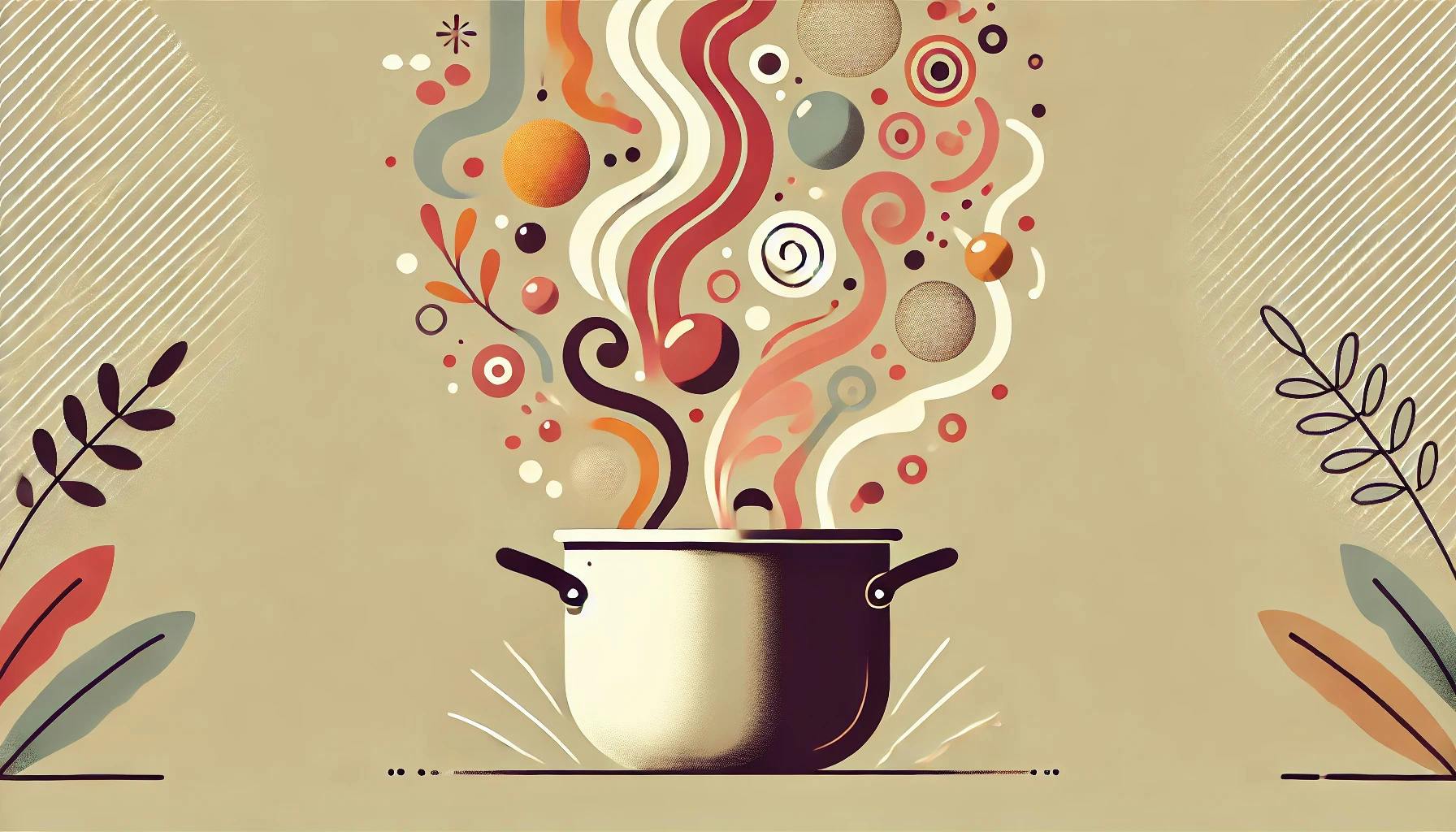Scientifically Perfect Cacio e Pepe
by LucasCreated • Updated
Imported from arxiv.org
This recipe is based on a scientific study of the phase behavior of Cacio e Pepe sauce, published by Giacomo Bartolucci et al. From the abstract: “Pasta alla Cacio e pepe” is a traditional Italian dish made with pasta, pecorino cheese, and pepper. Despite its simple ingredient list, achieving the perfect texture and creaminess of the sauce can be challenging. In this study, we systematically explore the phase behavior of Cacio and pepe sauce, focusing on its stability at increasing temperatures for various proportions of cheese, water, and starch. We identify starch concentration as the key factor influencing sauce stability, with direct implications for practical cooking. Specifically, we delineate a regime where starch concentrations below 1% (relative to cheese mass) lead to the formation of system-wide clumps, a condition determining what we term the “Mozzarella Phase” and corresponding to an unpleasant and separated sauce. Additionally, we examine the impact of cheese concentration relative to water at a fixed starch level, observing a lower critical solution temperature that we theoretically rationalized by means of a minimal effective free-energy model. Finally, we present a scientifically optimized recipe based on our findings, enabling a consistently flawless execution of this classic dish. The paper presents a recipe for 240 grams of pasta, but I like to just make one standard box and have leftovers, so the quantities are adjusted accordingly.
Ingredients
- 1 box (454 grams) tonnarelli pasta (spaghetti or rigatoni are also acceptable)
- 303 grams pecorino cheese
- 8 grams corn starch
- 4 quarts and 80 grams water, divided
- 38 grams salt
- black pepper to taste
Directions
- Grate the cheese finely and set aside.
- Add the 80 grams water and 8 grams corn starch to a small saucepan. Heat over low heat until it thickens and turns from cloudy to nearly clear. This is called "starch gelation", apparently. Once the starch solution is ready, allow it to cool for a minute.
- Meanwhile, bring the 4 quarts water and 38 grams salt to a boil and cook according to package directions or your own preference. Reserve 1 cup of the cooking water before draining.
- Grate the pecorino cheese as finely as possible, then add to the starch solution. The study then says to "blend the cheese with the starch solution for a smooth, homogeneous sauce". Maybe an immersion blender would work? They mention that you can add a splash of water if blending is difficult. After blending, season with pepper to taste.
- After the pasta is cooked and drained, allow it to sit for 30-60 seconds to prevent the heat of the pasta from destabilizing the sauce. Optionally add a little olive oil and mix it in during this step.
- Mix the pasta with the sauce, ensuring as even coating as possible. Gradually add some of the reserved pasta water as needed to adjust the consistency.
